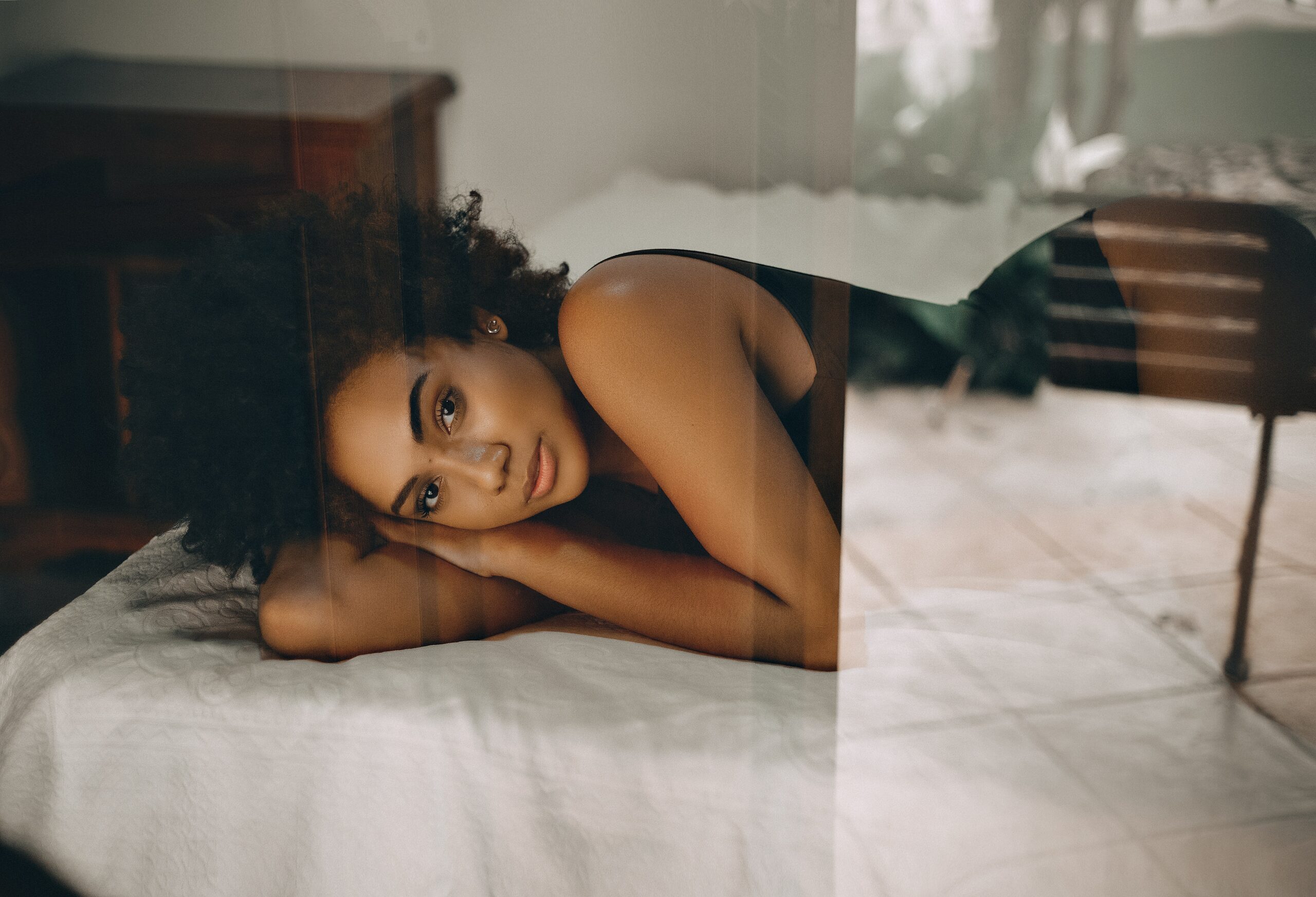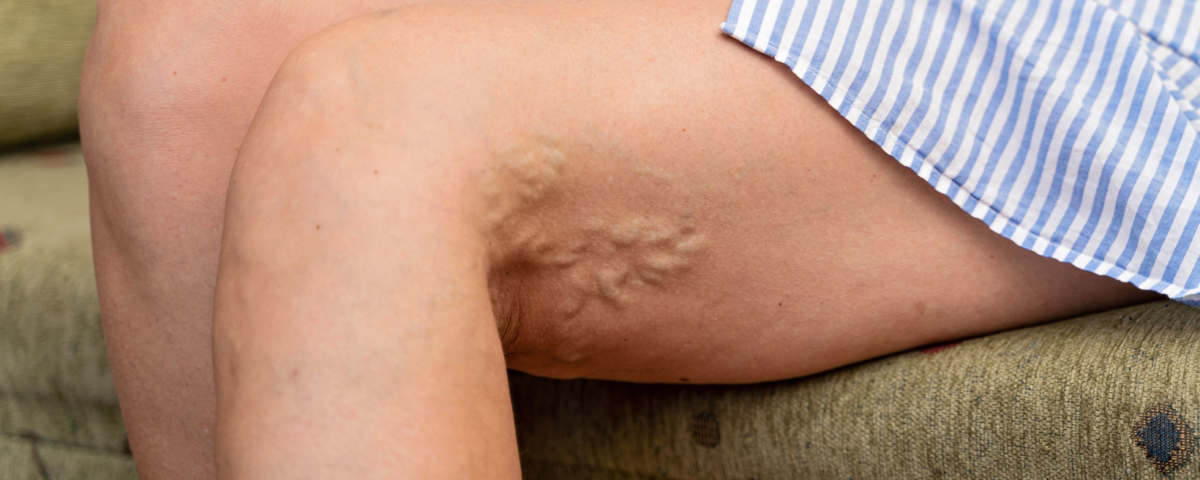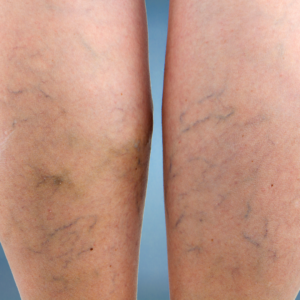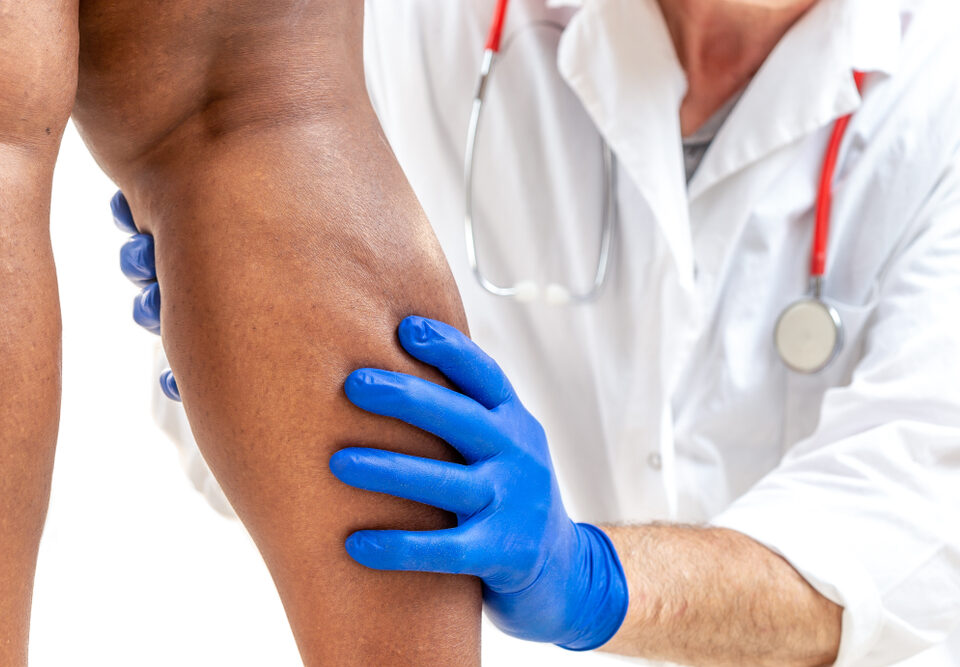
Uses of Dermal Fillers in Bel Air
December 12, 2022
Types of Laser Treatments in Bel Air Maryland
December 19, 2022Bulging leg veins can be uncomfortable and unsightly. These large, purple, or blue veins can be harmless but, in some cases, they are a sign of a more serious problem. But what causes them and how are they treated?
Bulging Leg Veins
Bulging leg veins, also known as varicose veins, are large, purplish veins that seem to pop out of the skin. They may be twisted or rope like and you can easily feel their shape if you touch them. While they may appear anywhere on the body, its very common on the legs.
What Causes Bulging Leg Veins?
Varicose veins are quite common. In fact, it affects around one third of adults. When increased blood flow stretches the veins, the valves inside don’t work as well. This means blood pool sin the veins, which worsens the stretching, which worsens the backflow. Some of the common causes of varicose veins include:
- Pregnancy
- Hormonal changes
- Obesity
- Sitting or standing for long periods of time
- Family history of vein problems
- Smoking
Some less common causes include intense exercise, low calorie diets, age, and underlying medical conditions like chronic venous insufficiency.
Are Varicose Veins Dangerous?
While many people with varicose veins never have complications, others may. People with varicose veins have a higher risk of developing blood clots, which can lead to serious medical problems like deep vein thrombosis, pulmonary embolism, and superficial thrombophlebitis.
Treating Varicose Veins
The first line of treatment for varicose veins is compression stockings. You can also elevate your legs several times each day to help soothe the veins. If your varicose veins are severe, your doctor may recommend sclerotherapy or ligation and striping.
Doctor for Varicose Veins
When should you see a doctor ? If you experience pain, swelling, discoloration or redness around the varicose vein, you should speak to your doctor about it. Either way, it’s a good idea to have a vein doctor exam your bulging leg veins. To learn more, please contact the Vein Center of Maryland.




